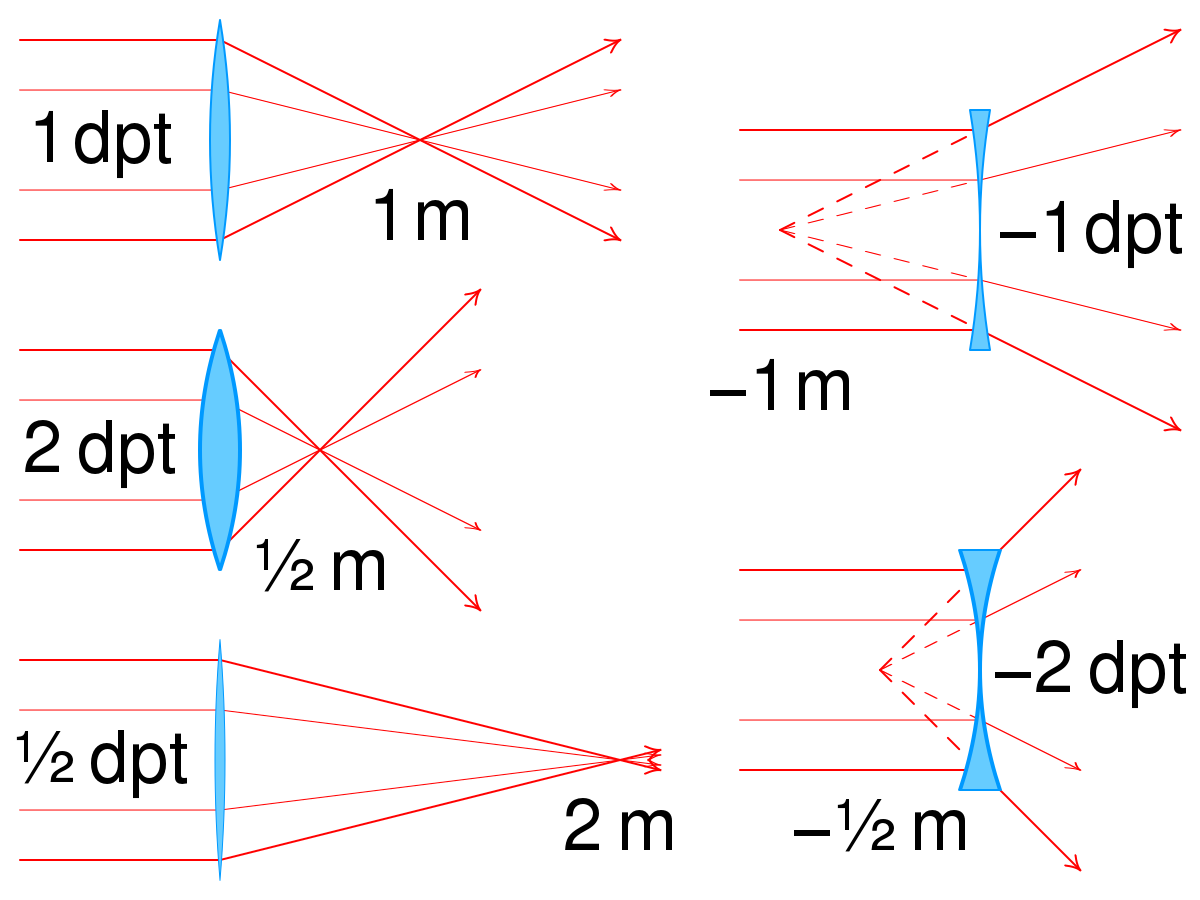Contents

Source: Teachoo
Understanding Optical Lenses
Optical lenses are fundamental components in a wide range of optical devices, from simple magnifying glasses to complex cameras and microscopes. Understanding their function and characteristics is crucial for anyone working in optics or related fields.
What is an Optical Lens?
An optical lens is a transparent medium, typically made of glass or polymer, designed to alter the curvature of light waves. By doing so, lenses can focus or defocus light. This property is used in various applications, such as focusing a camera or correcting vision.
Types of Lenses
Lenses can be classified based on their shape and function:
- Converging Lenses: These lenses focus light rays to a point. They are often called positive lenses and are used in applications like magnifying glasses and cameras.
- Diverging Lenses: These spread light rays apart and are known as negative lenses. They are used in applications such as correcting short-sightedness.
Wavefront Curvature and Light Propagation
The primary function of a lens is to change the wavefront curvature of light passing through it. This change in curvature is what causes light to focus or spread out. The optical energy always travels perpendicular to the wavefronts, making the lens’s role in altering these wavefronts critical for its function.
Physical Origin of Wavefront Changes
Wavefront changes are primarily due to the curvature of the lens surfaces and the refractive index of the lens material. For example, in a biconvex lens, the center is thicker than the edges, causing a phase delay that changes the wavefront curvature.
Focal Length and Lensmaker’s Equation
The focal length of a lens is the distance from the lens to the point where light rays converge (or appear to diverge from, in the case of diverging lenses). This is a critical parameter in lens design and application.
Calculating Focal Length
The focal length can be calculated using the lensmaker’s equation, which considers the refractive index of the lens material and the curvature of its surfaces. This equation is crucial for designing lenses with desired focusing properties.
Applications of Lenses
Lenses are used in a variety of applications, including:
- Imaging: Cameras and microscopes use lenses to focus light onto a sensor or film, capturing detailed images.
- Vision Correction: Eyeglasses and contact lenses correct refractive errors by adjusting the focus of light entering the eye.
- Laser Technology: Lenses focus laser beams for cutting, welding, and other industrial applications.
Conclusion
Optical lenses are versatile tools that play a crucial role in many technological applications. Understanding their properties and functions is essential for designing and using optical systems effectively.
This blog post provides a comprehensive overview of optical lenses, discussing their types, functions, and applications without delving into technical jargon. It aims to be accessible to readers with varying levels of familiarity with optics.

Source: Wikipedia
Feel free to comment your thoughts.



